Google and Apple are the two tech giants right now and so are their mobile platforms, Android and iOS. If you want a capable smartphone these days, your only choice is to go for an Android smartphone or an iPhone. Sure, you can always go for Windows Mobile or other budding platforms but if you want a mature operating system, with all the apps, you don’t have many choices, do you? However, Android users are more in number due to the fact that there are a plethora of different Android devices available today at different price points. On the other hand, iPhones are premium devices, which aren’t very affordable. Well, if you are an Android user, you must have wondered if the grass is greener on the other side.
There comes a time when you want to try something new, so we won’t blame you if you have made up your mind to move from Android to iOS. Well, we are here to help you make your transition smoother. I recently moved from an Android smartphone (Moto G 3rd gen) to an iPhone 6s. Yeah, I know that’s a huge upgrade. So, we are here to tell you everything you should keep in mind while making the switch. Firstly, if you are yet to make up your mind, here are my reasons of moving from Android to iOS to help your case:
Why I’m Moving From Android to iOS
I have used Windows Phone/Mobile and Android extensively, thus the only major mobile platform missing from my repertoire was iOS. Also, I have always found the iOS UI attractive even though Android is getting there with its Material Design language. Moreover, iOS has been always been known for its great performance and the apps on the platform are generally considered better. While Android is on par or even ahead of iOS when it comes to features, the platform still lacks the sleek responsiveness that iOS offers. That’s not all though, I have always wanted to know if the hype around the iPhones are worth it. The iPhone 6s is a good-looking device with a camera that has been universally loved, so that got me interested too. Now that we’ve established the reasons for my move from Android to iOS, let’s begin with the process, shall we?
Getting Started
When you move over to the iPhone, the first thing you’ll need is an Apple ID. You can either create one on the web or you can simply create one when you power on your brand new iPhone. Along with that, it’s important to know that the app data from various apps on your Android device cannot be transferred to the iPhone, so that’s a sacrifice you should be ready to make.
Moving your Contacts & Calendar From Android to iOS
Before you move over to the iPhone, make sure that your contacts on the Android smartphone are synced with your Google account. You can check your synced contacts by going over to the Google Contacts webpage and logging in with the Google account you use.
After you are sure that all your contacts are synced with your Google account, you can head over to iOS Settings->Mail,Contacts, Calendars and tap on “Add Account“. Here, select Google and enter your account details. Once done, enable the toggles on “Contacts” and “Calendars” and tap “Save“.

Once done, your contacts and calendars from the Google account will be synced. If you have your contacts saved in any other email provider, you can follow the same steps to sync contacts from the account to your iPhone.
If you have some of your contacts in the SIM card, you can head to Settings->Mail, Contacts, Calendars and tap on “Import SIM Contacts“. You can import these contacts to any one of your accounts.
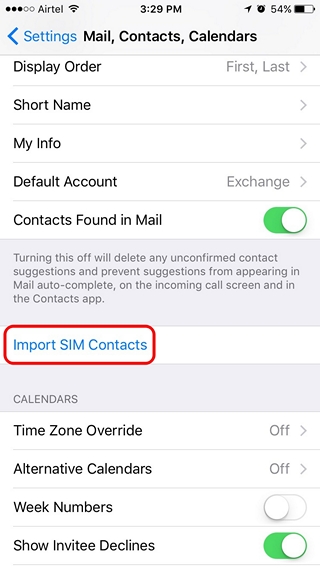
Moving your data
You can use Apple’s Move to iOS app on Android while setting up your iPhone to move your contacts, messages, photos, videos, bookmarks, mail accounts, calendars over WiFi but we wouldn’t recommend it. We tried the app and while it works swiftly, it does miss out on some data, which can be troublesome if you totally rely on it. However, the Move to iOS app includes a nifty feature that identifies the apps on your Android device and installs their equivalents from the App Store on to your iOS device.
To move your pictures, music and other files, we’d recommend you one of the file sharing apps like SHAREit or Xender, which let you share data from one device to another over WiFi. We used SHAREit to transfer data from Android to iPhone, here’s how to do it:
1. Firstly, you will have to download the SHAREit app on your Android smartphone as well as your iPhone. Get it from the Play Store and App Store. Once downloaded, open the app on both the devices and grant it the permissions it asks for.
2. On the Android device, tap on the “Send” button, select the files and tap on “Send” again.

3. On the iPhone, tap on the “Receive” button. Then, you should see the “iPhone” avatar in the SHAREit app on Android. Just tap on the Avatar to start sending files.

4. The app should then move files in a breeze and you should see them on your iPhone.
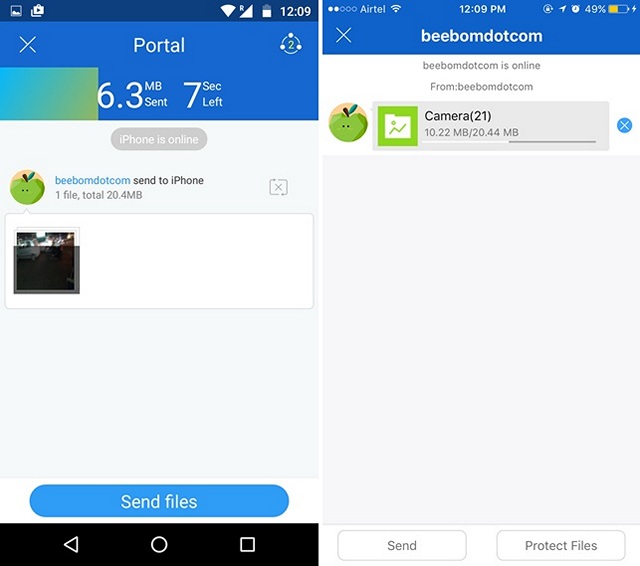
Note: While you can send music, videos, photos and other files, you obviously cannot share apps or app data from Android to iPhone.
App Alternatives to use on iOS
If you are too invested in the Google ecosystem of apps & services like Google Drive, Gmail, Google Maps, Chrome etc, you don’t have to worry because these apps are available for iOS. Also, Google offers additional apps for iOS like Motion Stills (to convert live photos to GIFs) and GBoard (contextual keyboard app). The point is, while you might miss Android for its Google-integration, you aren’t going to miss its apps, considering they are available in all their glory on iOS. However, if you are planning to commit yourself totally to the Apple ecosystem, you can use the following app alternatives:
-
Siri for Google Now
Google Now might be functionally very rich but it lacks the personality Siri is known for. Plus, Siri is getting some great upgrades with iOS 10 and it’s also finally opening up to developers. Like Google Now, Siri features a “Hey Siri” hotword to wake it up even when your device is locked, so you are going to feel right at home. Also, if you like doing voice queries, Siri is better than Google Now, as it’s more of a voice assistant unlike Google’s offering. However, if you liked Google Now’s contextual offerings and functionality, you are going to miss it on Siri. Also, Google Now works way better in countries other than US. If you really can’t live without Google Now, your best bet is the Google app on iOS, which offers a few Now features.

-
Apple Mail for Gmail
The Gmail app on Android is one of the best email apps available today and thus, it’ll be hard for you to move to Apple’s stock Mail app in iOS. Sure, the Mail app in iOS is decent and brings features like multiple account support, gestures, events etc. and if you just want a simple email app, it works. However, if you would like a smarter email app, you can try the third party email clients for iOS like Spark, Outlook, CloudMagic or even the official Gmail app.

-
Apple Maps for Google Maps
Apple Maps was panned when it first arrived but it has come a long way since then. While Google Maps is still a better offering, Apple Maps offers better transportation directions than Google Maps, plus the Siri integration is spot on. Moreover, there are other cool features you’d love, like better search, turn-by-turn navigation on the lockscreen, 3D satellite view, train schedules and more. However, it does lack much loved Google Maps features like offline maps, multi-point navigation and if you can’t live without them, you should install the Google Maps app on your iPhone.
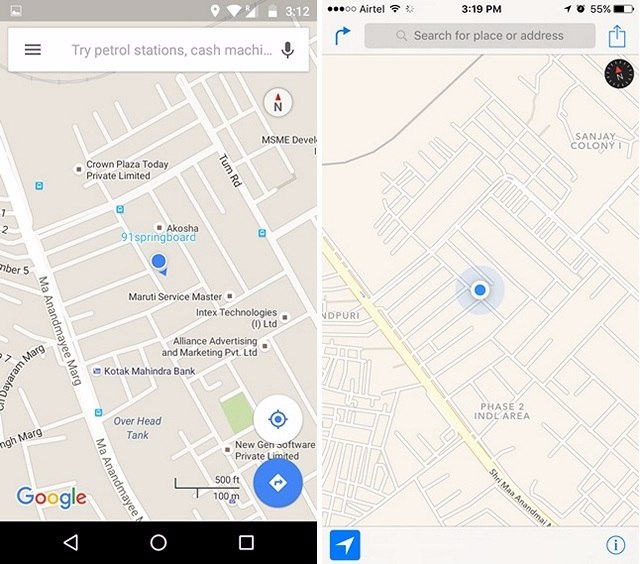
-
Safari for Google Chrome
You might love Google Chrome but when you are using an iPhone or iPad, you will have to use Safari even if you install any third party browser. That’s because you cannot change the default browser in iOS. However, that’s not really bad because Safari on iOS is a really capable offering. Firstly, Safari arguably has a better interface, with the forward & back button, tabs, share and reading mode available at the bottom. Plus, Safari offers cool features like Siri integration, reading mode and more. In the end, it all boils down to your ecosystem choice, since you will need your bookmarks to be synced across different devices.

-
iCloud for Google Drive
On the iPhone, iCloud obviously has the advantage, thanks to its tight integration to iOS. There’s no dedicated app here but iOS lets you backup all your data with iCloud. You can save your pictures, app data, settings, files on iCloud with ease. In fact, you can make a full backup of your iPhone with iCloud, so when you lose your phone or have to reset it, the backup will get your iPhone back to where you left it. Plus, iCloud also syncs your passwords across different devices with Keychain.
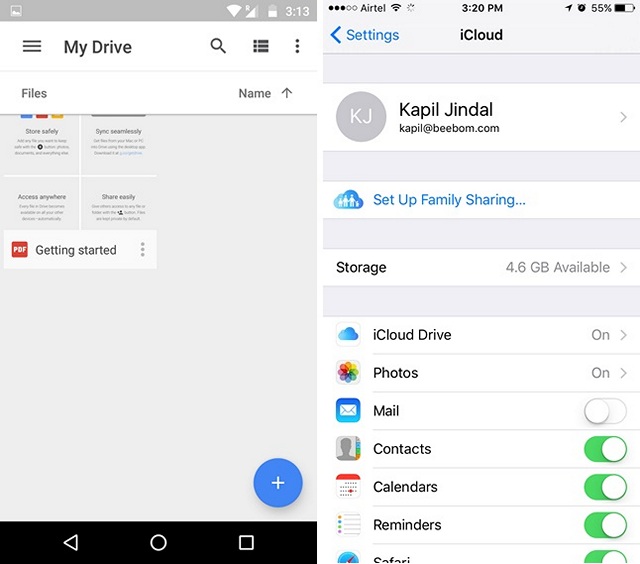
Also, third party apps like WhatsApp can only save your data with iCloud, which means the Google Drive backup from your Android device is virtually useless. While all’s good with iCloud, you can install Google Drive, Dropbox or any other cloud storage services you want but you won’t get the same integration with them.
-
Apple Music vs Google Play Music
Google Play Music has become a great music service over time, what with the YouTube Red integration, better offline support, great curated stations etc. but if you are not too heavily invested in Play Music, you should give Apple Music a shot and you might even love it. While both the music services are similar when it comes to the music catalog, with Apple Music packing 30 million songs and Play Music packing 35 million songs, they are a lot different when it comes to other features. Apple Music’s curated playlists are certainly impressive, plus it offers Beats 1 live station, which brings music curated from various music personalities.
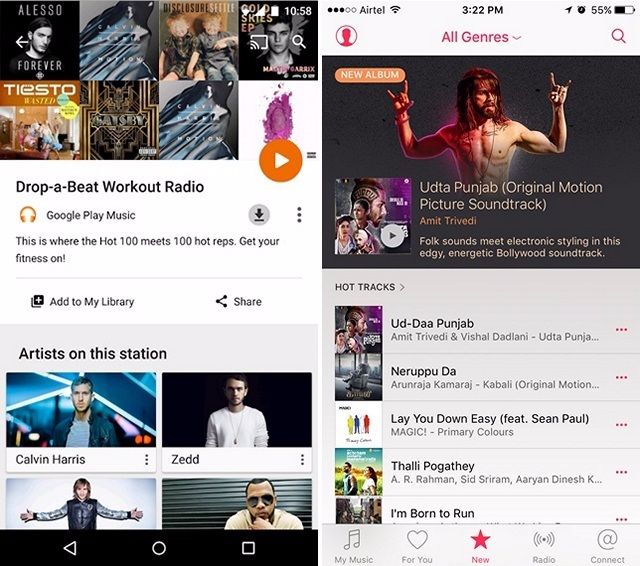
Also, we like Apple Music’s social features more and if you use a Mac, you will appreciate the iTunes integration. Another point to note is that, Apple Music is already available in a lot more countries. Apple Music is available for free trial of 3 months, compared to Play Music’s 4-month trial, after which both the services cost $9.99/month.
-
Third Party Apps
When it comes to the third party apps, there’s not really a major difference, as apps available on both the platforms are very similar. However, you might miss Android’s flexibility in some apps but another thing to note here is that some apps might feel way more polished and mature on iOS. To sum things up, the Play Store features its own set of unique Android-only apps and the Apple App Store too features some great iOS exclusive apps.
Things I Miss From Android
I have been using an iPhone for quite some time now and while I love some of the iOS features, there are features from Android I really miss. First, let’s talk about the things I miss from Android:
-
Customization and control
Well, this is pretty obvious, isn’t it? While Apple might be opening up iOS elements to third party app developers, the platform still remains a walled garden. I loved tinkering on my Android smartphone and well, that’s pretty much over on iOS. While iOS has moved forward with its support for third party keyboards and widgets, it’s still nowhere near to what Android offers. On Android, you can customize pretty much every element of the OS through third party launcher apps, icon packs and more.

Plus, there are apps like Tasker that let you automate things in a breeze. Moreover, you can always easily root your Android device to get access to custom ROMs and tons of other apps & mods. You can jailbreak your iPhone but it’s not as simple as rooting your Android device.
-
Notification Center
Android was the first platform to incorporate the pull-down notification center and various platforms followed suit including iOS. However, the Android’s notification shade remains superior to any other offering out there. While iOS’ notification center works, it’s not as efficient as Android’s implementation. I, especially, miss the bundled notifications you get on Android.
For instance, if you get 10 mails on your Gmail account, they will be nicely bundled into one notification on Android and you can even expand them or remove them altogether. That’s not the case with iOS’ notification center though, as each and every email is listed separately, plus you can only remove them one by one and you need a swipe and a tap to do that.

-
Google Now integration
Google has almost all of its apps and more available on iOS but if you are heavily invested in Google services, you will miss the deep Google-integration on iOS. You will especially miss Google Now’s notifications about weather, news, traffic details, flight info, package tracking and more. Since it’s available just a swipe away on Android, it will be missed on the iPhone.
-
A universal back button
I, personally, love iPhone’s universal swipe-back gesture but the problem is not all the third party apps have implemented the gesture, which is a shame. While all Apple apps do let you go back via a swipe, third party apps don’t really adhere to the guidelines and this is where I miss Android’s back button. On Android, you can just hit the back button from anywhere to just head back, while on the iPhone accessing the back button on top of the screen can be cumbersome, especially on an iPhone 6s Plus.
-
Miscellaneous
There are a lot of minor yet important features on Android that you will miss on the iPhone. For instance, there’s no file manager on iOS, so you cannot explore the file directories like you would on Android. To manage your iPhone or iPad, you will have to rely mostly on iTunes (although there are alternatives you can use), which can be a real pain in the back. Also, there’s no way to change default apps on iOS, so even if you don’t like Safari, links will open in it. While app developers have the ability to choose their own default apps, the end user does not get much of a say here.
Other than that, I miss the ability to sideload apps that aren’t available in my country, add storage through microSD card, Android’s sharing system, notification LEDs or Active Display, customizable quick toggles and better web interface to install apps.
Things I Love in iOS
Here are some things in iOS that have made me fall in love with the iPhone:
-
Consistent UI and great performance
Well, it’s true, iOS does run buttery smooth and you’ll definitely love the platform’s great performance all around. App launches are swift and switching between apps is pretty fast too. When it comes to performance, there’s nothing to complain here, as there’s no lag even after I’ve used my iPhone pretty extensively. On the other hand, even high-end Android devices tend to lag at times.
Another good thing about iOS is the consistent UI. While Apple’s apps do look similar, even the third party apps adhere to Apple’s UI guidelines, which makes up for a really great universal experience. Also, the third party apps too perform very well and they seem better optimized than their Android counterparts.
-
3D Touch
Once you have tried 3D Touch, the Android smartphone displays will feel archaic to you. The 3D touch feature allows you peek and pop on calendar events, messages and more. Also, the ability to jump into a specific page in an app through the shortcut feature definitely makes it super useful. The feature is bound to get more amazing, with iOS 10 integrating 3D Touch on almost every interface including the lockscreen. Well, this is something Android definitely needs to copy.

-
Camera and Live Photos
The high-end Android devices do bring in great cameras but I’m pretty sure you are going to love iPhone’s camera. It’s fast and it takes great pictures in its auto mode, so you don’t have to fiddle around with various settings to get that perfect picture. Also, the camera app is simple and easy to use but if you want manual controls, you can get a third party camera app.
Another cool feature I love on the iPhone is the live photos. I know some Android manufacturers have had the live photos features since a long time but none of them are as good and simple as live photos on iOS. To sum things up, after you have used the iPhone camera, it will be tough going back to any other device.
-
Sync with other Apple devices
Apple devices play really well with each other. You can start a task on an iPhone and continue it on your iPad or Mac, thanks to the Handoff feature. You can sync photos, music across devices and answer calls or send texts from your Mac or iPad, if you have an iPhone. Also, sharing a file across different Apple devices is a breeze, thanks to AirDrop. To sum things up, if you own a Mac with an iPhone, your life will be much easier. While Android too lets you play well with other devices with some third party apps, it’s not the same.
-
Third Party Apps
All the major apps and games are available for both Android and iOS but iOS is the platform that mostly gets them first. Also, most new feature-rich updates to popular apps like Snapchat, Facebook etc. tend to arrive on iOS first. Moreover, iOS has always been known for its better gaming performance and there are games only available for the platform like Infinity Blade, OceanHorn and more. Then, there’s the argument of iOS apps being better in quality.
-
Faster updates
New Android updates take months to arrive on devices (barring Nexus devices) and most devices don’t even get it. On the other hand, if you buy an iPhone or iPad or even an iPod Touch, you can be sure of getting the new iOS version for four years. Whereas, even Google’s Nexus devices are only supported for a couple of years. Faster OS updates is certainly great for anyone who wants their devices to get the latest features on the same day as everyone else.
SEE ALSO: Moving From Windows Phone to Android? A Complete Guide to Follow
Made up your mind to switch from Android to iPhone?
Well, if you are an Android power user, moving to iPhone might be a little tough but if you are casual user, you should love the iPhone. Plus, the good news is that you can turn your iPhone into a Google phone, thanks to all Google apps being available on the platform. iOS does lack a few features but it makes it up by offering its own unique touches.
Well, that’s all from our side. We hope our guide helps you in your transition from Android to iOS. If you have any doubts though, do leave us a comment below and you can expect a swift response from our side.












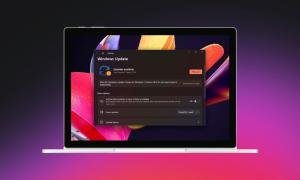
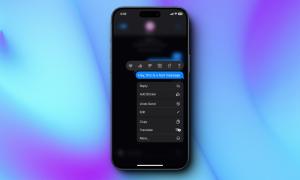
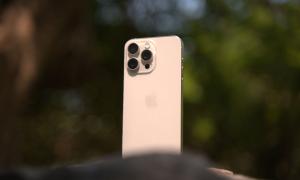


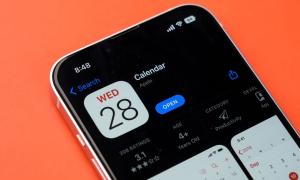
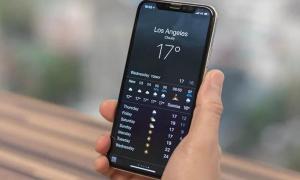
i have same problem.plz help me out from this.
Any way to transfer Whatsapp chats from Android phone to iPhone while switching?
I found some videos on youtube, but none of them seem dependable and convincing.